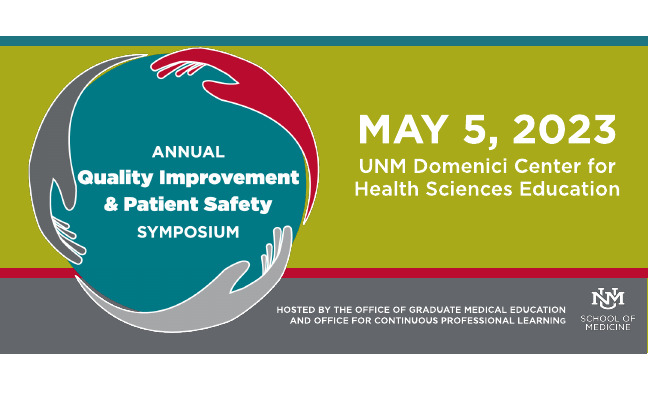Document Type
Poster
Publication Date
5-5-2023
Abstract
Background
Falls in older adults are a major source of morbidity and mortality. In 2020, 33.4% of New Mexican patients over the age of 65 reported a fall in the last year which ranked as the third highest rate in the United States. Given the shortage of primary care physicians in New Mexico preventing falls and falls-related injuries is key to serving our aging population.
Objectives
Patients registering at the Senior Health Clinic have been asked for years if they have had a fall in the last year. Although this data is recorded, it has not been used to implement strategies to prevent falls. The main objective of this project was to explore whether a positive falls history could be used to educate and prevent falls in this clinical population.
Methods
The project was conducted at the UNMH Senior Health Clinic in Albuquerque, NM. Prevalence data on falls and fall-related injury was calculated from the previous year. This was followed by a multiphase rollout using a falls prevention education brochure (CDC STEADI) for patients who screened falls positive. This was given to them at registration if they reported a fall. A follow-up questionnaire focused on patient’s actions after receiving the education brochure and feedback on their perceptions of whether the clinic was providing adequate falls prevention measures. Additional data was also collected on the providers of the clinic to assess whether reported falls were being addressed and listed as a chronic problem for patients who were at risk of multiple falls.
Results to Date
In the previous year there was an average of 18.4% (1793 /9741) patients reporting a fall with close to 50% (909/1793) of those falls resulting in injury. Around 300 STEADI brochures were administered and approximately 150 follow-up questionnaires will be returned. We anticipate this will provide insights into whether and what actions patients at the Senior Health Clinic undertook to prevent falls and what they want from the clinic in the future.
Conclusion
While still in the preliminary stages of collating the data, this information will be used to build stronger, and more proactive falls prevention support systems for Senior Health Clinic patients. It will also provide ongoing data to justify additional clinical resources for further fall risk reduction strategies.
Recommended Citation
DeRadke, Alexander; Louise LeDuc; Debra Waters; and Matthew Schlough. "Fall Risk Reduction QI at the Senior Health Clinic." (2023). https://digitalrepository.unm.edu/hsc_qips/70


Comments
Poster Presented at UNM Health Sciences Center Quality Improvement & Patient Safety Symposium 2023